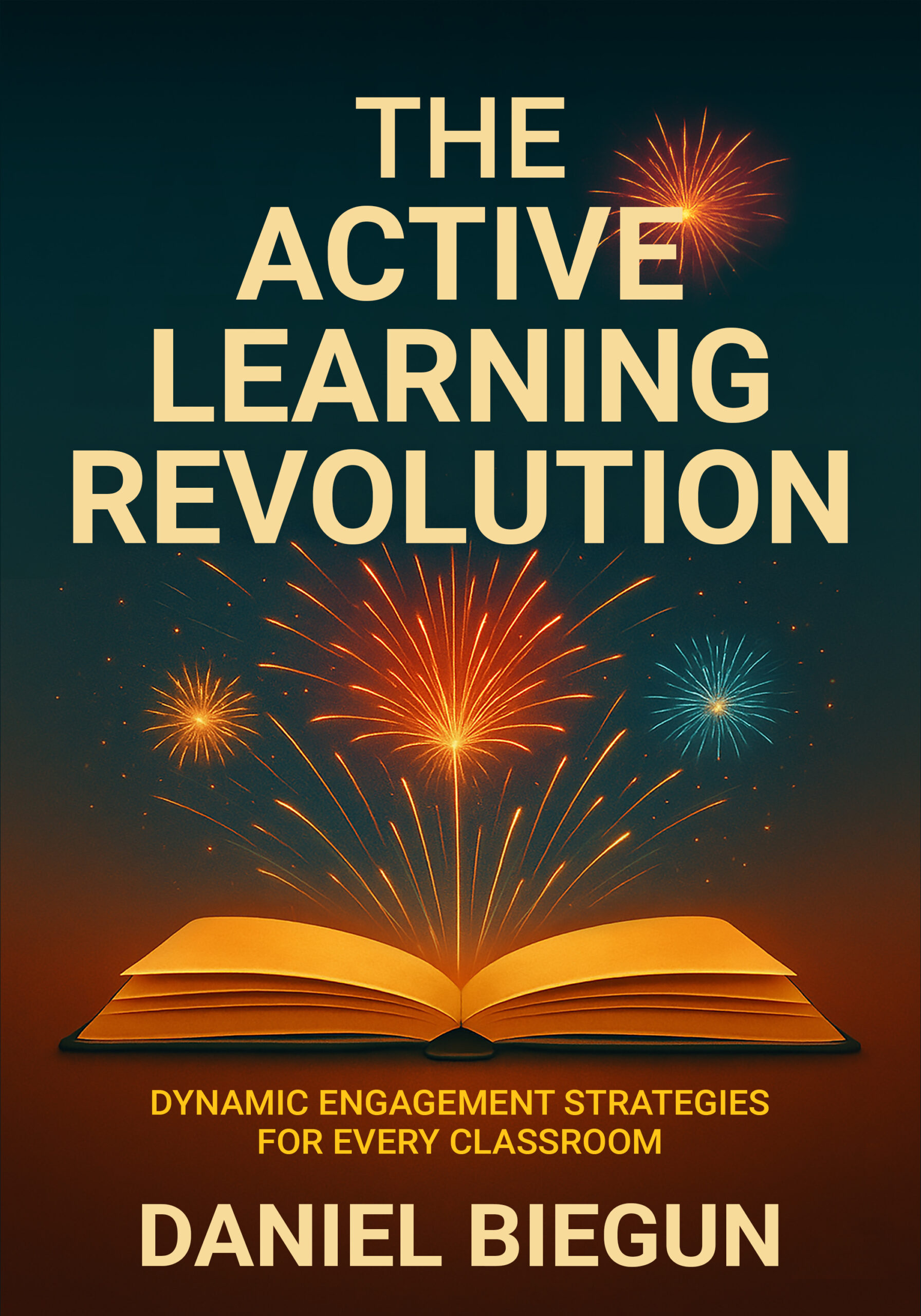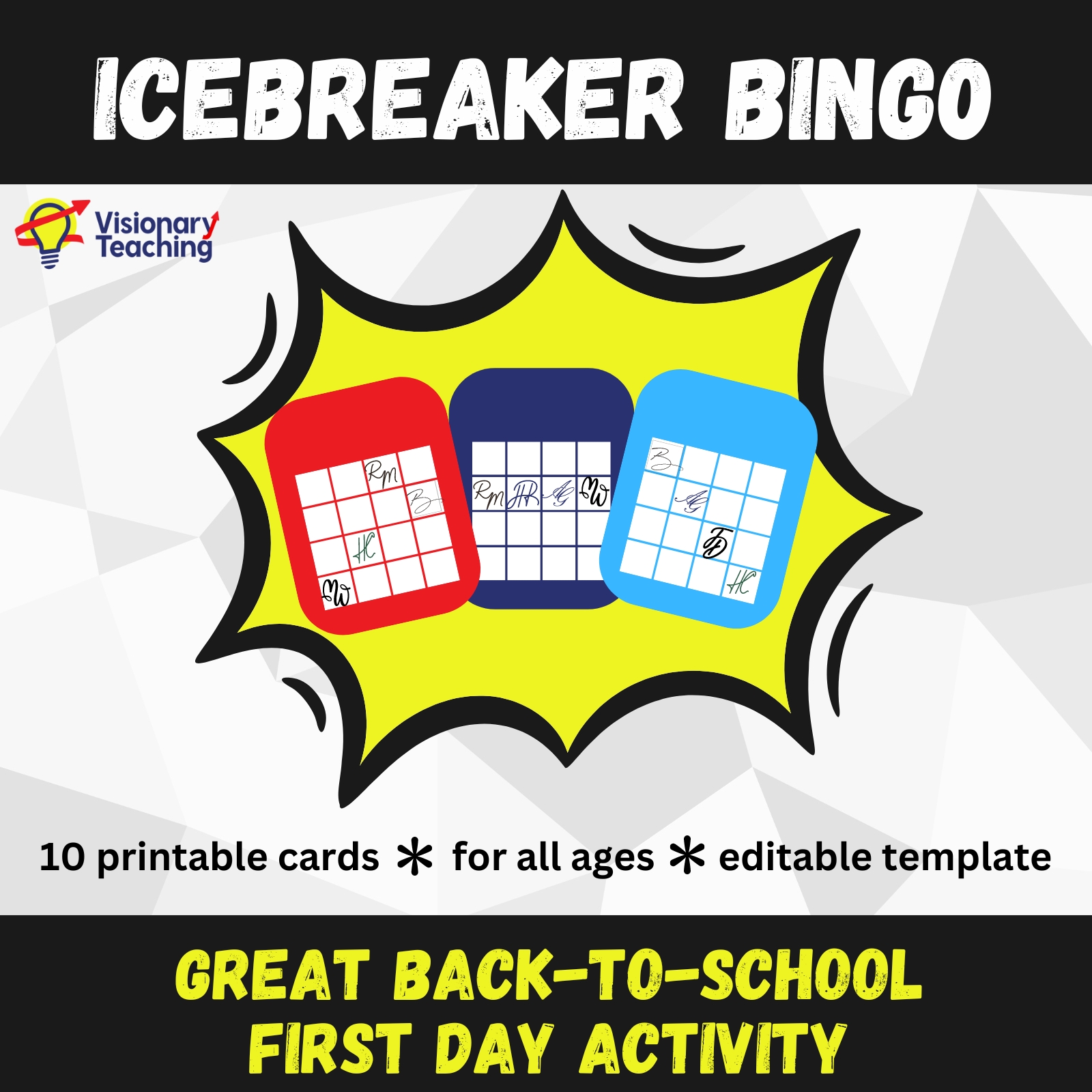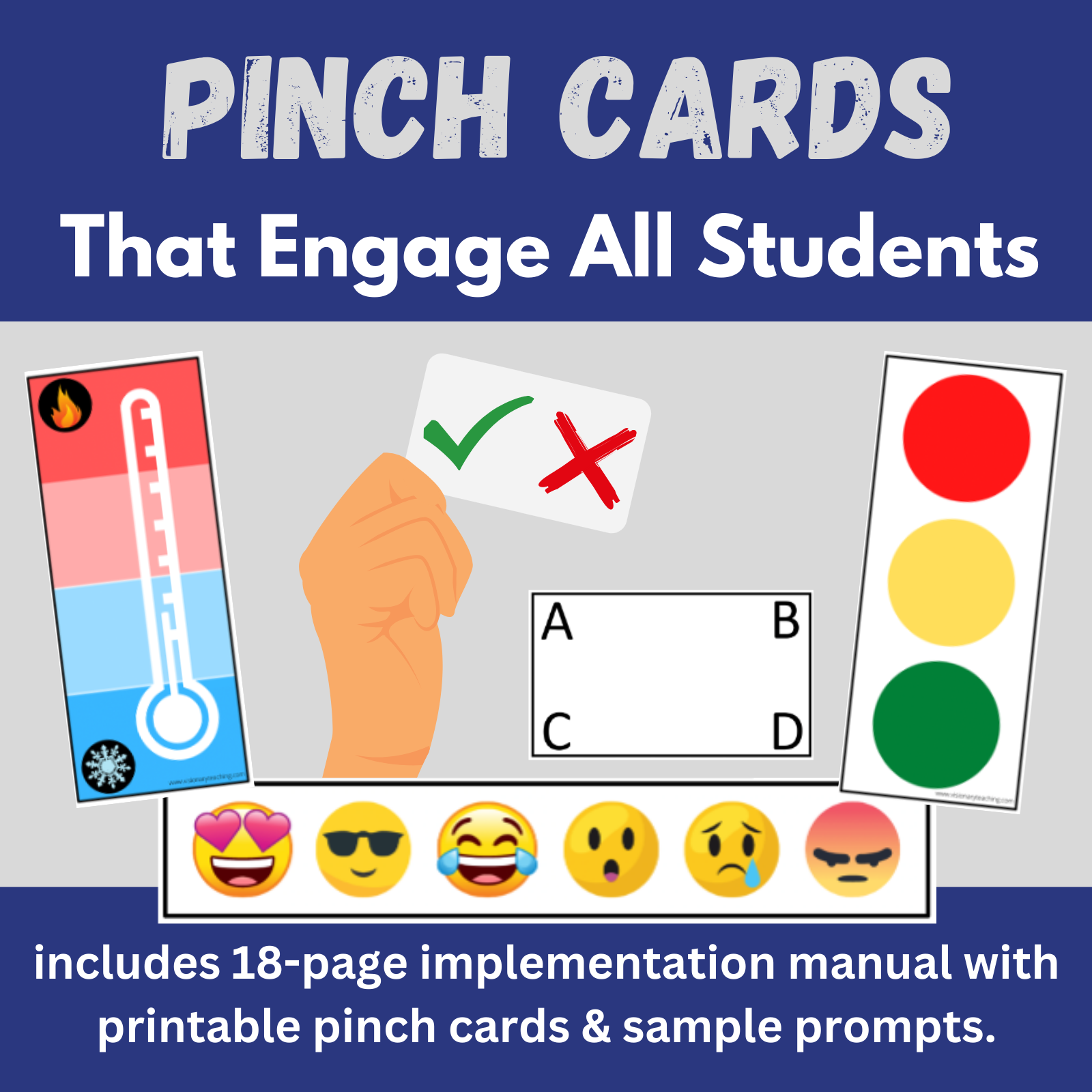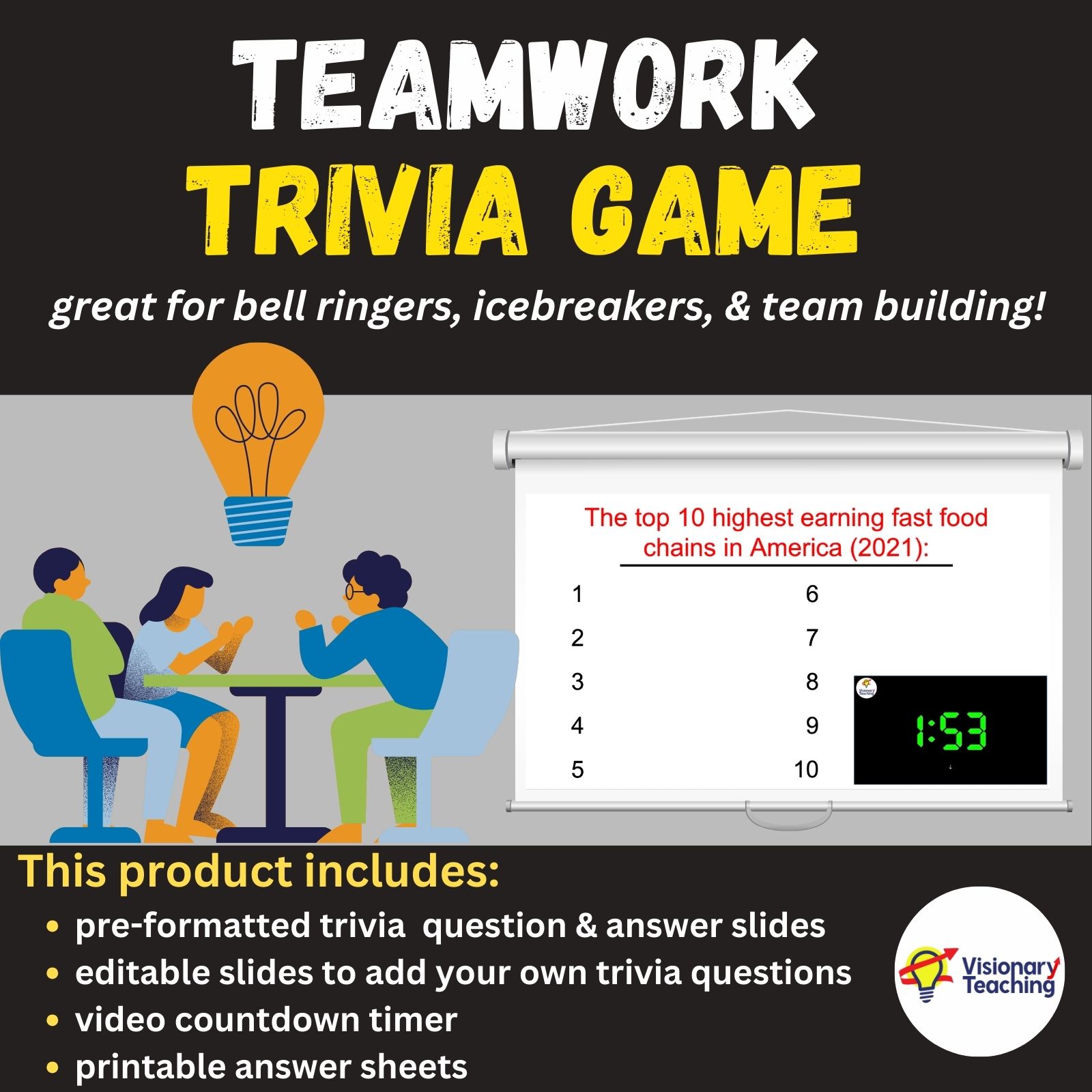In today’s classrooms, engagement isn’t just a buzzword—it’s the lifeblood of effective teaching. High-Leverage Practice 18 (HLP 18), “Use Strategies to Promote Active Student Engagement,” lies at the heart of inclusive, responsive, and transformative instruction. But what does it really mean to actively engage students, and why does it matter so much?
High-Leverage Practices
High-leverage practices (HLPs) are a set of research-based strategies that represent the core of effective instruction, particularly for students with disabilities. Developed through collaboration between general and special education experts, HLPs provide educators with essential tools to support academic, behavioral, and social success in inclusive settings. These 22 practices are designed to be applicable across grade levels and content areas, helping teachers build strong relationships, deliver clear instruction, provide meaningful feedback, and support student engagement and independence.
What is HLP 18?
HLP 18 calls on educators to increase active student engagement. Successful teachers use a variety of strategies that keep students cognitively, behaviorally, and emotionally involved in the learning process. It’s about more than just keeping students busy—it’s about drawing them into deep, meaningful participation in their own learning.
Check out my book, The Active Learning Revolution, for 50 strategies that will engage students of all grade levels and content areas:
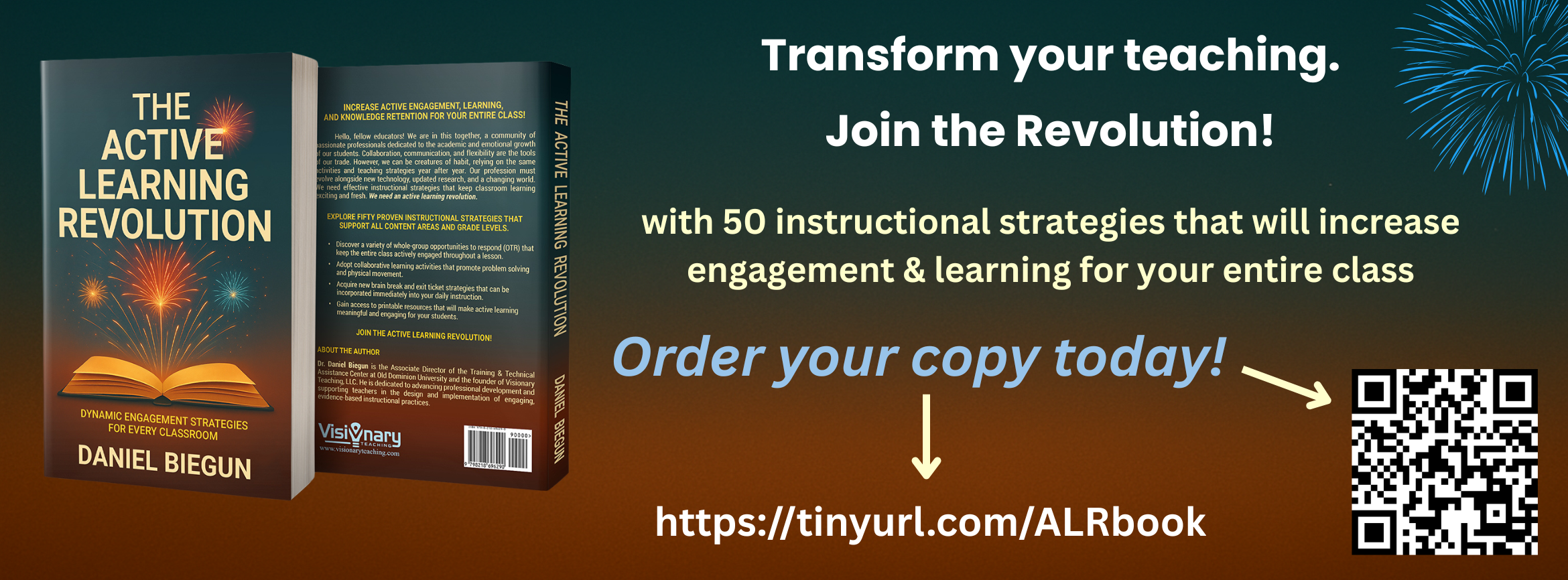
HLP 18 emphasizes:
- Equity and inclusion, ensuring all learners—especially those with disabilities—have access to the curriculum through engaging, supportive strategies.
- Evidence-based techniques, such as frequent opportunities to respond, collaborative learning, and active questioning.
- Ongoing monitoring, so teachers can adjust instruction based on real-time student engagement and understanding.
Why Active Student Engagement Matters
Student engagement is a strong predictor of academic success. When students are engaged, they are more likely to retain information, apply skills in new contexts, and persevere through challenges.
But engagement isn’t one-size-fits-all. Students engage in different ways—through discussion, movement, reflection, creation, and interaction. That’s why HLP 18 urges teachers to use a toolkit of strategies tailored to diverse learners.
Practical Strategies to Implement HLP 18
Here are several classroom-tested techniques aligned with HLP 18:
- Think-Pair-Share: Ask a question, give students time to think, have them discuss with a partner, then share out. It encourages all learners to process and participate.
- Pinch cards or technology tools (e.g., whiteboards, clickers, polls): Give every student a chance to respond actively, not just the few who raise their hands.
- Graphic organizers and visual supports: Help students organize and represent ideas in ways that enhance understanding and engagement.
- Choice boards and learning menus: Offer students agency over how they demonstrate understanding, tapping into their interests and strengths.
- Movement-based activities: Incorporate movement through stations, scavenger hunts, or kinesthetic response tasks.
Promoting Active Student Engagment for All
For students with disabilities, engagement strategies will often need to be adapted and scaffolded. This might include:
- Pre-teaching vocabulary or concepts
- Offering multiple modes of response (oral, written, visual)
- Using peer supports or cooperative learning structures
- Providing clear routines and expectations to reduce cognitive load
The goal is to invite every learner into the learning—and to do so in ways that are meaningful and accessible.
Final Thoughts
HLP 18 reminds us that engagement is not optional—it’s essential. It asks educators to be intentional, reflective, and creative in how we reach our students. By using diverse engagement strategies, we move beyond compliance and spark the kind of curiosity, persistence, and joy that defines true learning.
After all, when students are actively engaged, they don’t just learn—they thrive.

